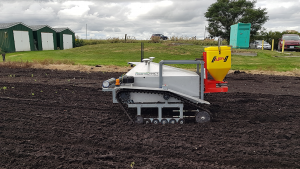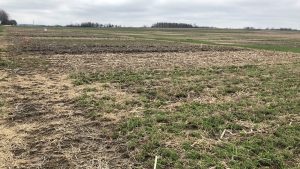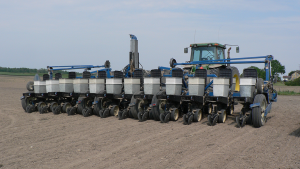Tar spot
AGRONOMIC INFORMATION FROM ONTARIO'S CROP SPECIALISTS

A NETWORK OF Ontario crop specialists and U.S. extension specialists monitored the real-time movement of tar spot in 2021. In September, the disease spread significantly east and north from the original infections confirmed in southwestern Ontario’s lower five counties in 2020.
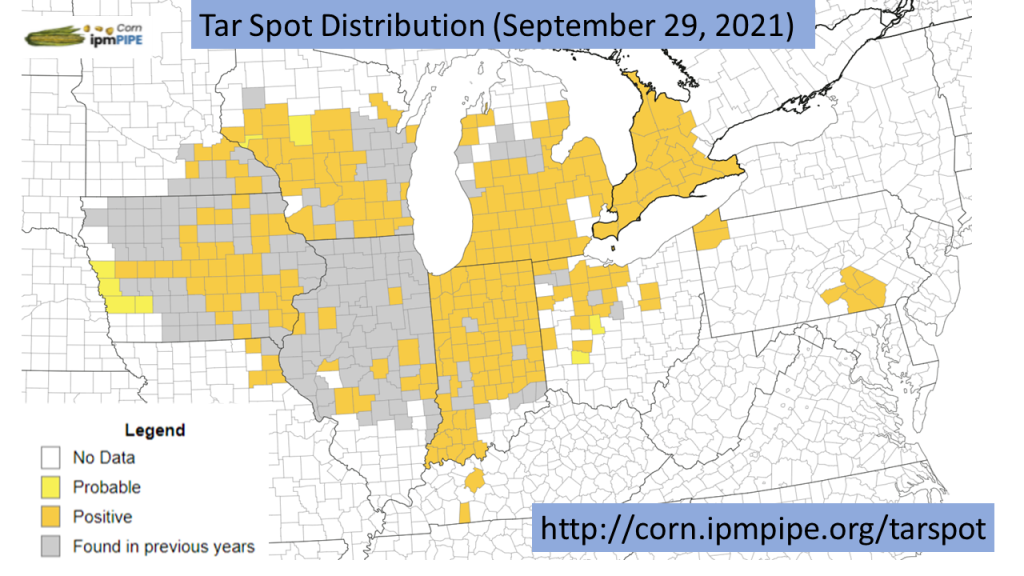
Tar spot appears as small, raised, black tar-like spots scattered across the upper and lower leaf surfaces. These spots are stroma (fungal fruiting structures). If viewed under the microscope, hundreds of sausage-shaped asci (spore cases) filled with spores are visible. When severe, stroma can even appear on husks and leaf sheaths. Tan to brown lesions with dark borders surrounding stroma can also develop. These are known as “fisheye” lesions.
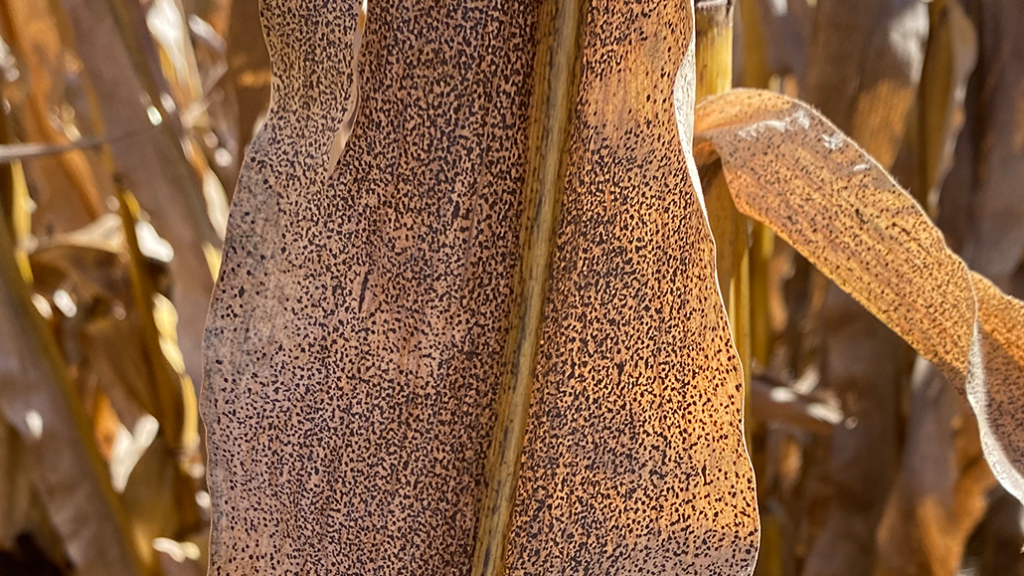
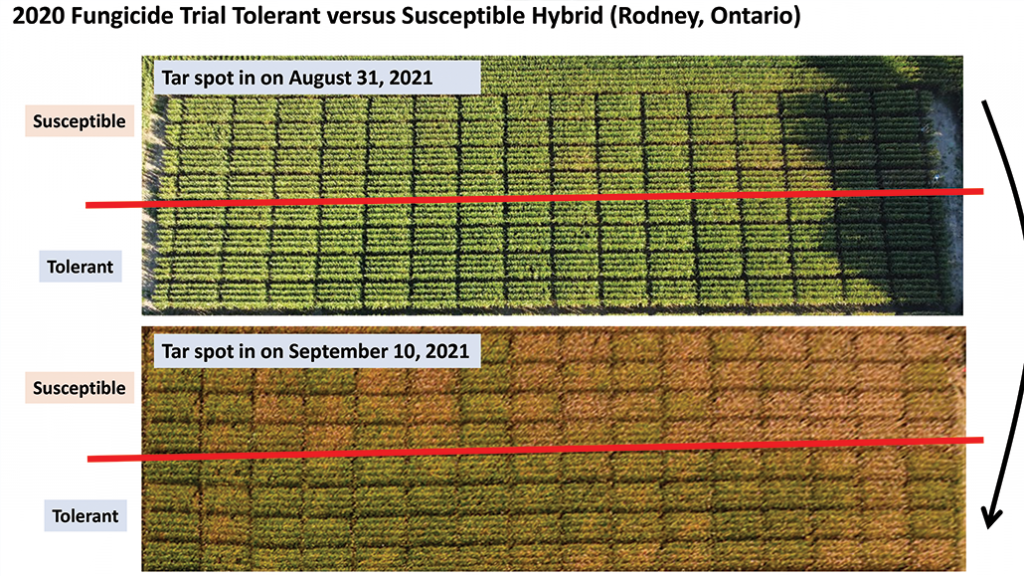
Based on what we have seen and observed in corn hybrid trials, there is some degree of tolerance or partial resistance. A 64 hybrid OMAFRA trial in Rodney, Ontario does show some good candidate hybrids.
You can see where the latest confirmations of tar spot have been reported through the Corn ipmPIPE initiative (https://corn.ipmpipe.org/tarspot/). •








